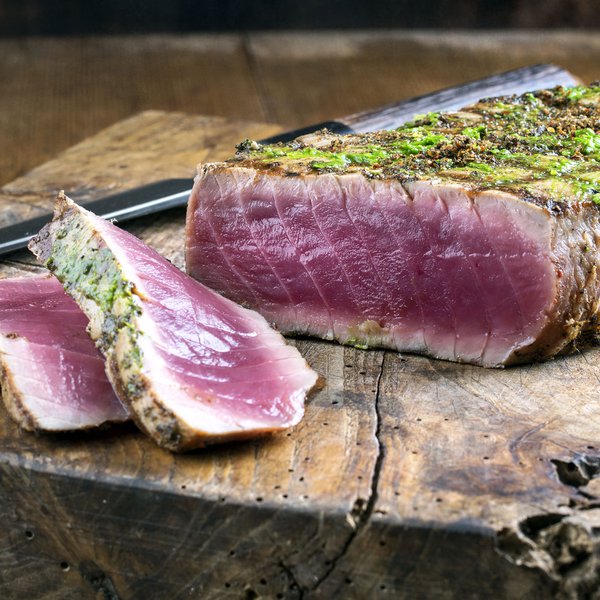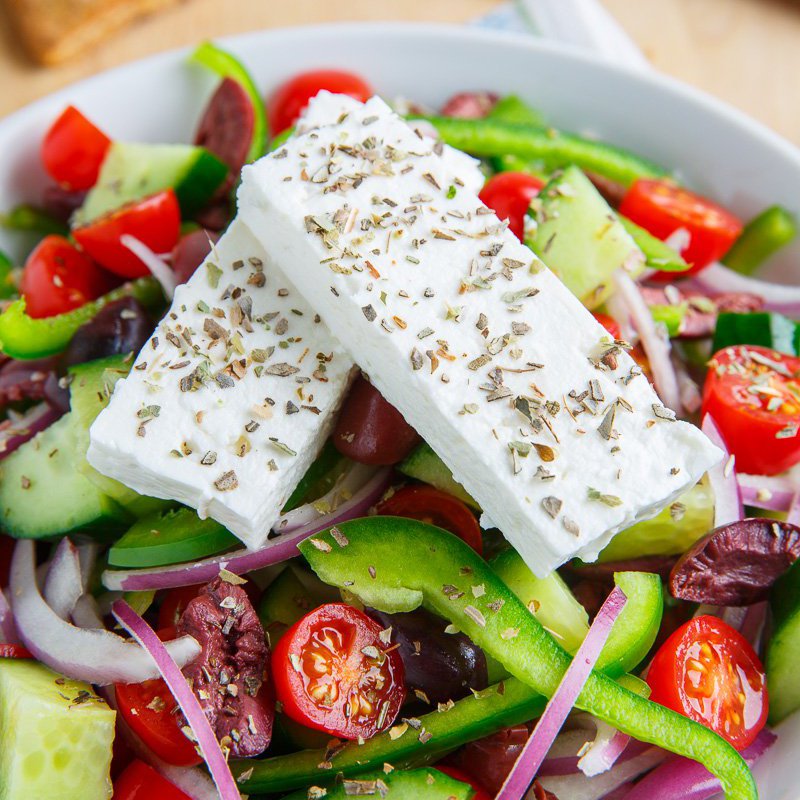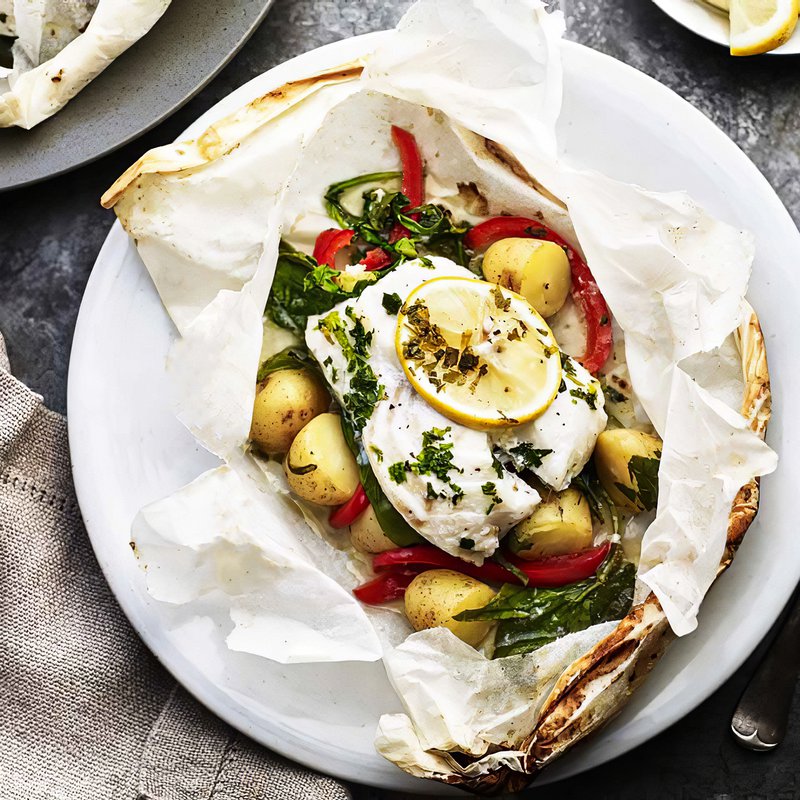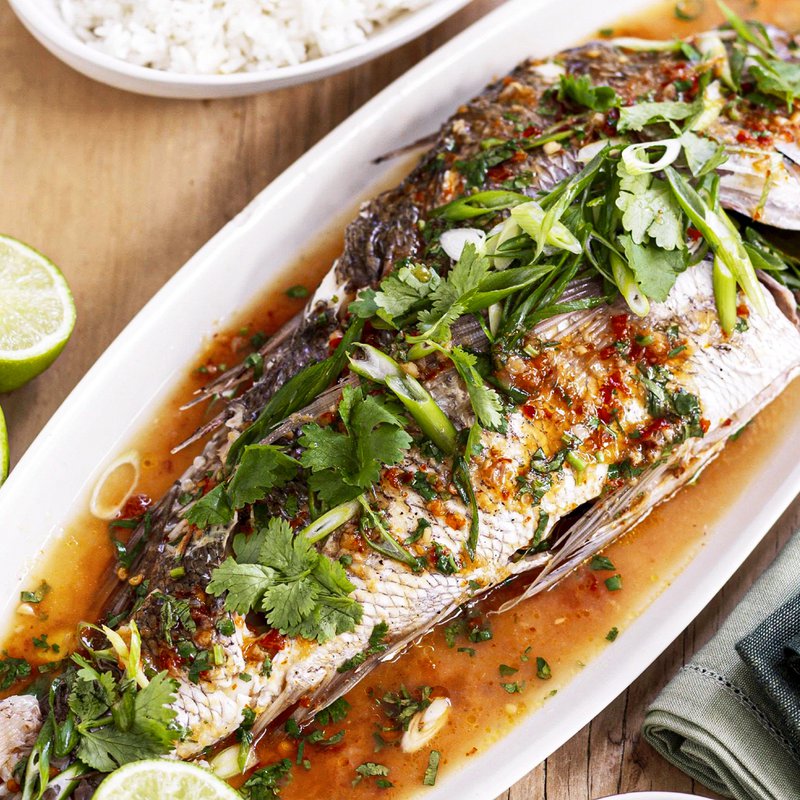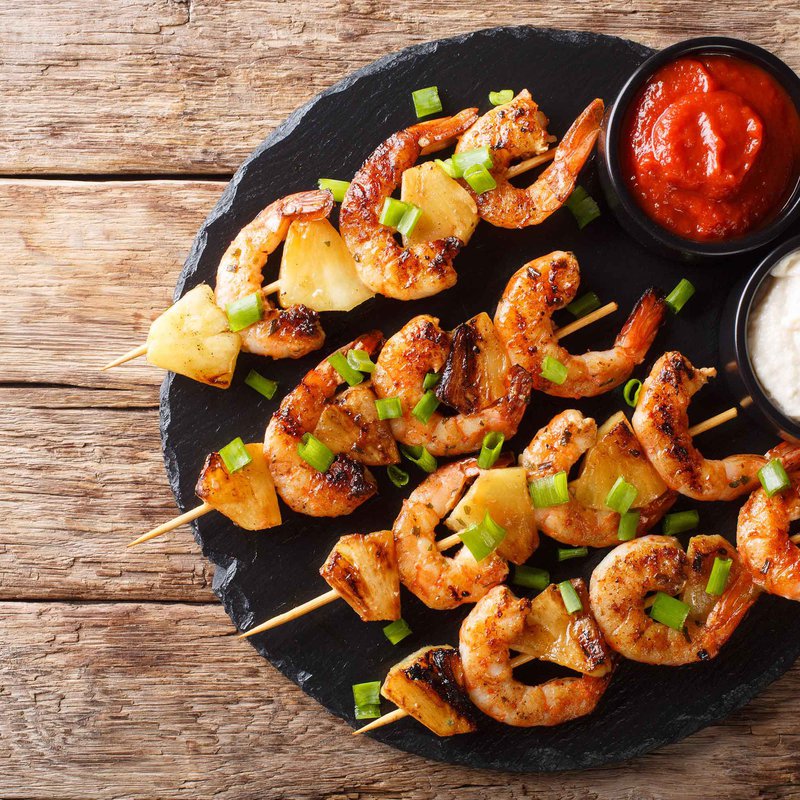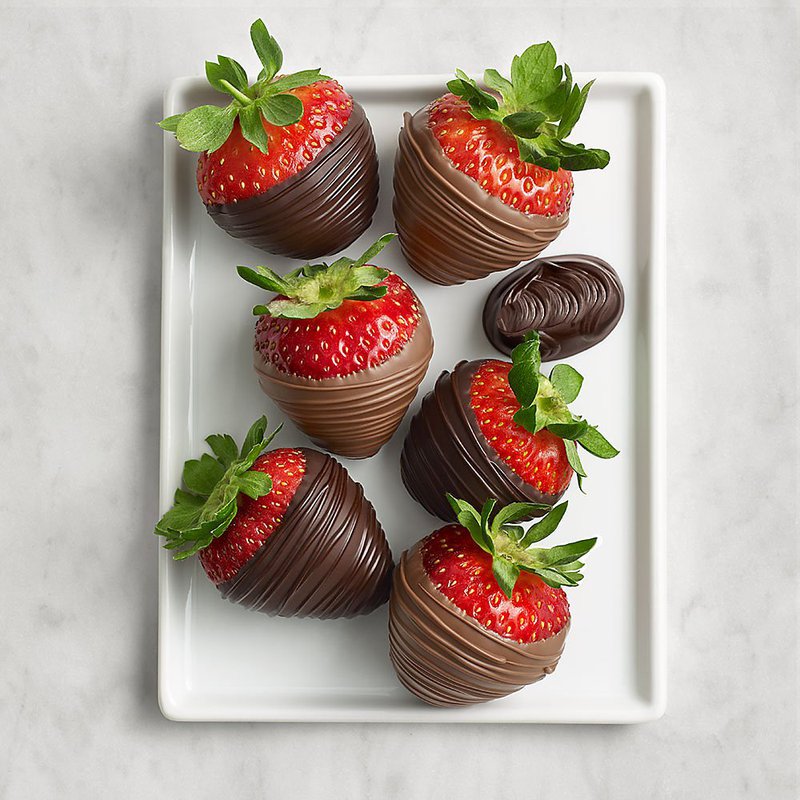In the absence of a national cuisine, Australians have embraced the barbecue as a key part of their outdoor lifestyle writes Carli Ratcliff
"Americans call it grilling, but down here we simply call it barbecuing,” says author of The Great Aussie Barbie Cookbook, Kim Terakes.
“For Australians, barbecuing means grilling over charcoal, wood, heat beads or even gas, outdoors,” he adds. “Most Australians own a gas barbecue, which means they can grill a lamb chop in five minutes, any night of the week, but the trend is towards wood-fired and charcoal barbecues, both in backyards at home and in restaurants.”
Terakes has written five cookbooks published by Penguin, among them, his best-selling The Great Aussie Barbie Cookbook and The Great Aussie Bloke’s Cookbook. In addition to writing about barbecuing and developing barbecue recipes, Terakes established Australia’s largest barbecue club, aussiebarbie.com.au, and he teaches Australians how to barbecue at his We Can Cook culinary school in Sydney.
A national way of eating
The barbecue has long been an important part of Australia’s social fabric and is central to the country’s social and cultural behaviour. From weekly family dinners to fundraising sausage sizzles and glamorous wood-fired ovens in suburban backyards, the barbecue is the country’s most recognised mode of cooking.
Being invited over for a ‘barbie’ is a more common invitation than a dinner party and includes guests of all ages, from children to grandparents. An event, as much as a meal, barbies are always held outdoors and are often punctuated with a swim in the backyard pool or an impromptu game of cricket on the lawn.
In restaurants, barbecuing has been elevated to a sophisticated dining offering, with many of the country’s fine-dining restaurants employing the barbecue grill and wood-fired ovens as their chosen methods of cooking.
Egalitarian by its very nature, the barbecue is inexpensive to fuel, portable, and has the ability to produce a variety of cuisines that reflect Australia’s multicultural history, from a side of English roast beef to Iranian chicken kebabs and it’s most famous dish, barbecued prawns.
"Being invited over for a ‘barbie’ is a more common invitation than a dinner party"
At Rockpool Dining Group’s Rockpool Bar & Grill restaurants in Sydney, Melbourne and Perth (rockpoolbarandgrill.com.au), the popular charcoal roast king prawns are split and marinated before cooking. Terakes says this is the best way to cook them. “Split the prawns’ shells down the back, clean them, then put the prawns on the barbecue in their shell,” he says. “This ensures that the prawns retain moisture and are succulent when you serve them.”
At the Rockpool Bar & Grill restaurants, culinary director of Rockpool Dining Group, Neil Perry, also serves baby octopus, Paspaley pearl meat, and whole local King George whiting cooked on a wood-fired grill, while eastern rock lobsters are cooked in a charcoal oven, before being served with a tasty herb butter.
However, its steak that the Rockpool Bar & Grill restaurants are most famous for. Wagyu beef from Tasmania is dry aged for up to three months in dedicated meat ageing rooms. Diners can chose from a range of grass- or grain-fed steaks cooked over a wood-fired grill.
Meat-free options
Restaurants all over Australia are also embracing barbecuing as a means of creating a whole host of exciting new vegan and vegetarian dishes.
At Firedoor (firedoor.com.au) in Sydney, Australia’s only fully wood--fuelled restaurant, every dish is cooked over fire. Chef Lennox Hastie (formerly of Etxebarri, Spain), serves cauliflower with locally produced Pyengana cloth-bound cheddar cheese.
Much further south in Tasmania at the Agrarian Kitchen Eatery (theagrariankitchen.com) just outside Hobart, chef Rodney Dunn wood-grills a quarter of a cabbage and serves it with homemade ricotta, cumquat and toasted garlic, and a dish of wood oven roasted sweet grey pumpkin is served with green garlic, kefir cream and XO sauce.

